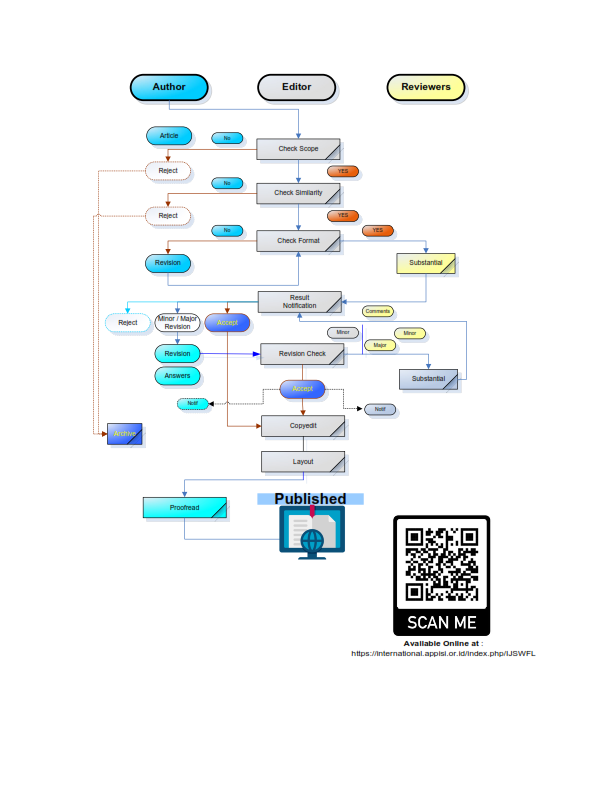| E-ISSN .: 2987-1271 :. |
 |
| P-ISSN .:2684-9089 :. |
| ISSN |
| Submissions |
| How to Submit |
| Copyright Notice |
| Privacy Statement |
| About This Journal |
| History |
| Focus and Scope |
| Peer Review Process |
| Publication Ethics |
| Open Access Policy |
| Indexing |
| Archive Policy |
| Open Access Statement |
| Repository policy |
| Journal License |
| Policy of Plagiarism |
| Article Processing Charge |
| People |
| Editorial Team |
| Peer-Reviewers |
| Publisher |
| Contact |
| For Author |
| Author Guidelines |
| Publication Frequency |
| Manuscript template (DOC) |
| Manuscript template (PDF) |
| Copyright Transfer (DOC) |
| Copyright Transfer (PDF) |
| Download Articles |
| Vol 3 No 1 April 2021 |
| Vol 3 No 2 August 2021 |
| Vol 3 No 3 November 2021 |
| Vol 4 No 1 April 2022 |
| Vol 4 No 2 August 2022 |
| Vol 4 No 3 November 2022 |
| Vol 5 No 1 April 2023 |
| Vol 5 No 2 August 2023 |
| Vol 5 No 3 November 2023 |
| Contact |
 |
| Visitors |



